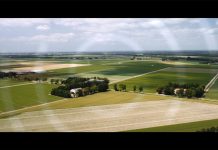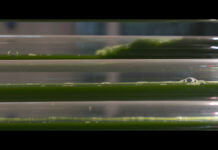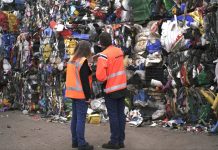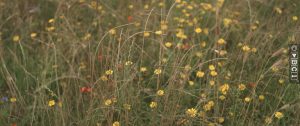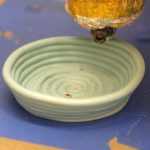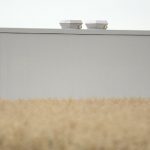Loss of biodiversity is one of the environmental issues we all need to address. Of course, a lot of debate is taking place, and much research is being conducted, but it’s a race against time. Are there already solutions we can put into action? The answer is yes. For example, we can adopt agricultural practices that help prevent biodiversity loss.
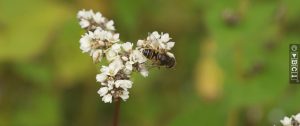
What is natural farming
Natural farming is a form of agriculture that, as the name implies, is close to nature, a form of agriculture that uses ecological principles. That sounds like a solution that many farmers will support. But of course it’s not that easy. For if you’re going to work as a natural farmer you’ll make use of ecosystem services nature itself provides. Insects, birds and other animals like for example sheep. However, our economic system is structured in a way which makes it very difficult to calculate this and that’s the problem.
The importance of field herbs
Because of monoculture and intensive agriculture you’ll see only one crop on most farming lands. Nowadays we do see more and more borders with wild meadow flowers alongside farmland, field edges. But it can be done differently. Natural farmer Marcel van Silfhout of the ‘Graangeluk‘ foundation has field herbs amongst his grain. Why? In the past field herbs always grew amongst the grain. This attracted a lot of bees, bumblebees and all kinds of other insects. As a result, many birds could be found around the grain fields. This creates a natural ecosystem. “I want that ecosystem back, because it gives you soil life enrichment again, you get fertility again, you can put your regional food on it”, says Marcel. Therefore he also doesn’t need to use any fertilizer of pesticides. 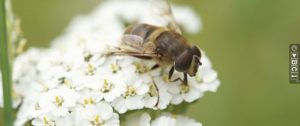
Historic regional grain
Marcel is farming in an area near Wageningen, Renkum, and Bennekom, called the Veluwezoom, in the Netherlands. On his wheat fields you´ll find old regional grains like Aalter raceme oat, Veluwe creeping rye, spelt, black emmer wheat, red emmer wheat, grey Brabant sandbuckwheat and summer barley. These grains grow very well in this area because this is an ancient agricultural area.
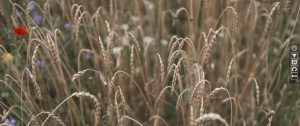
Guided sheepruns
To honor the traditional way of farming, Marcel also works with guided sheep runs. In the interview, he explains exactly what that means.
Also interesting:
Circularity, a necessity to maintain profitability


